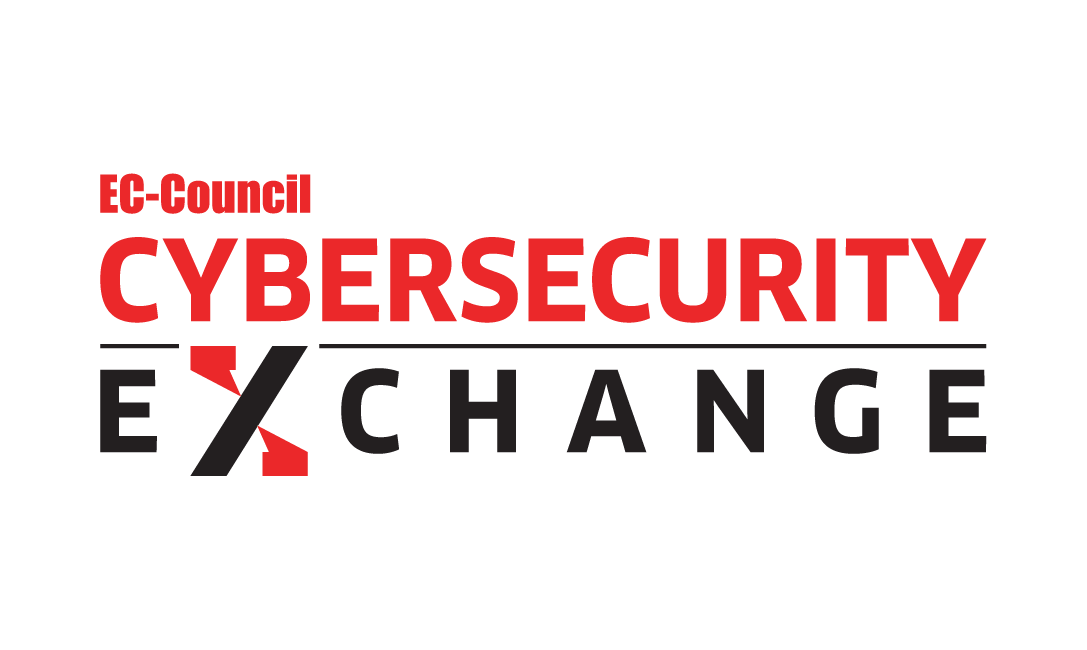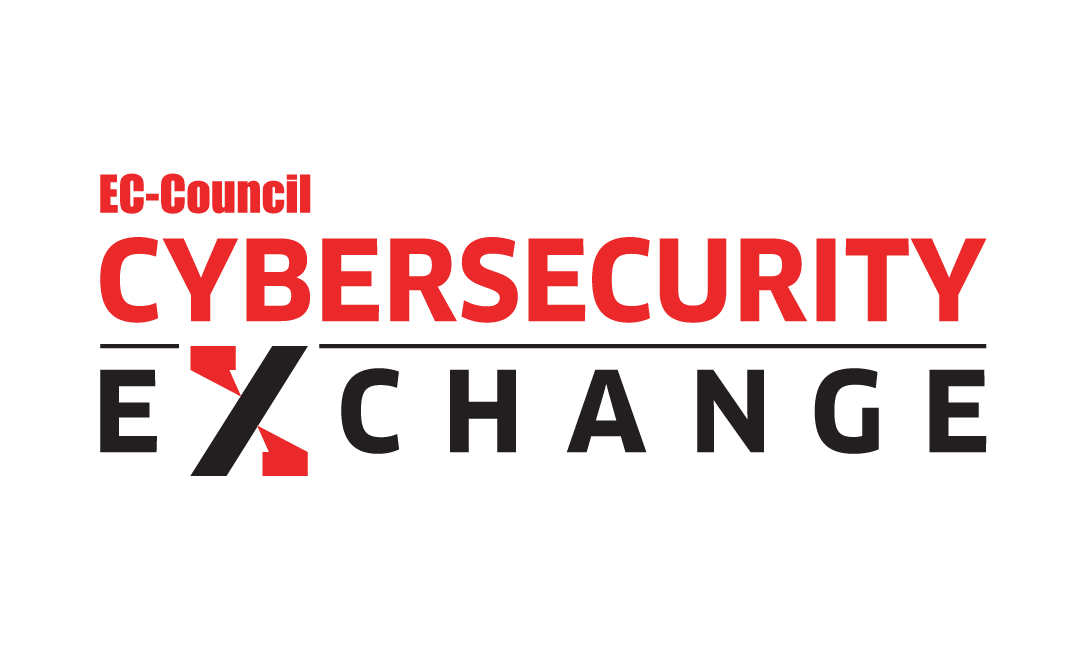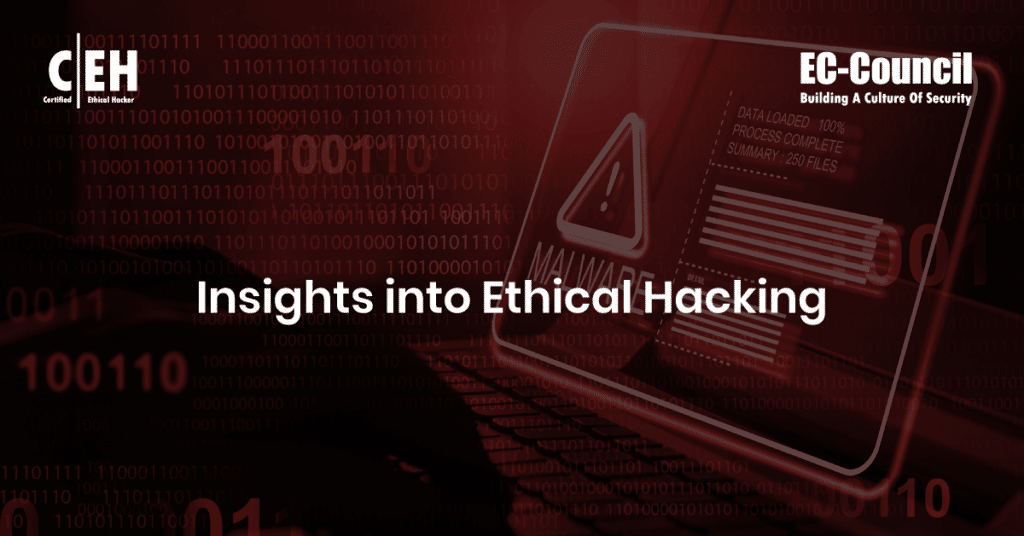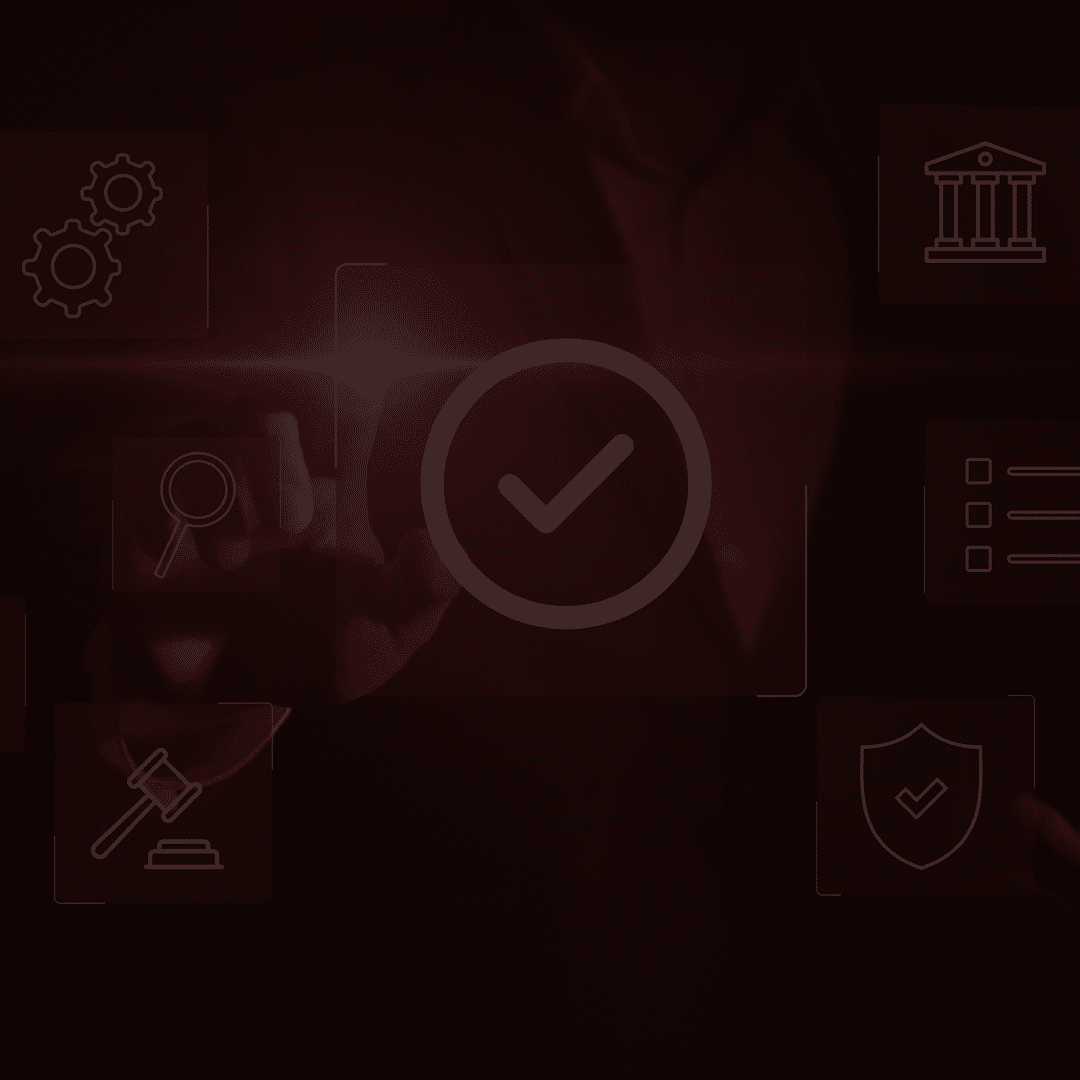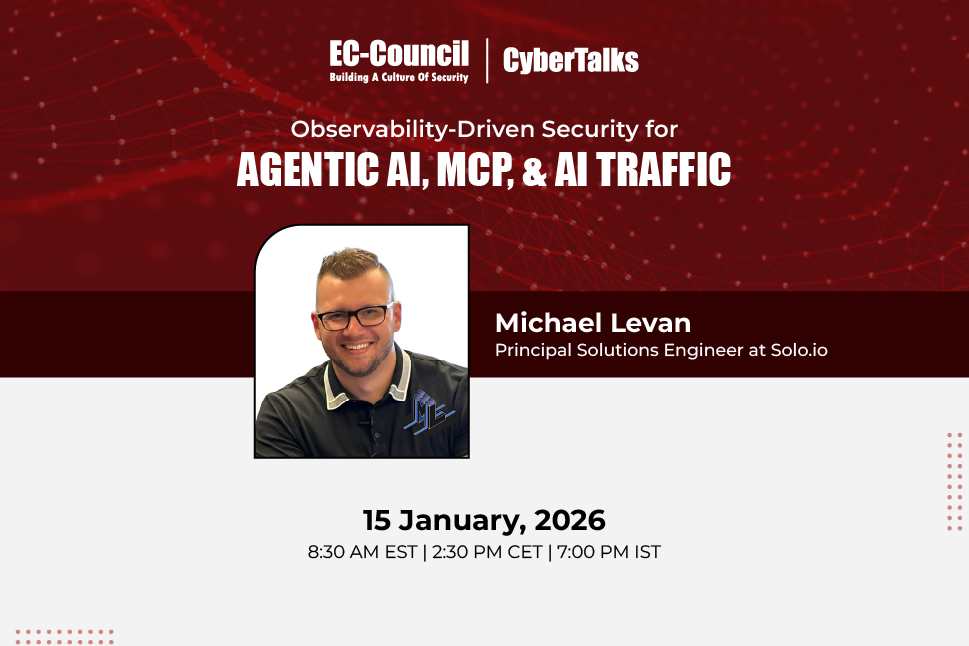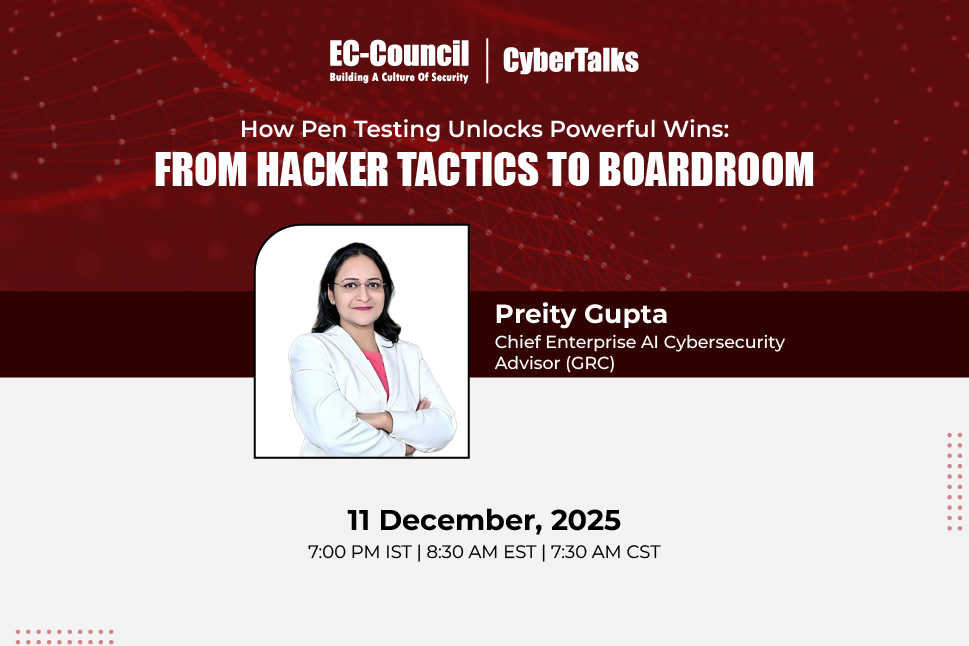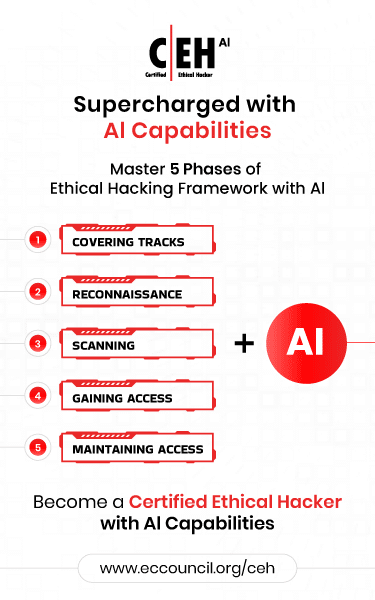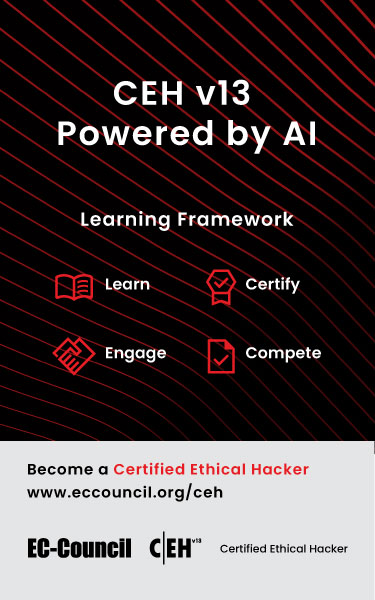Proactive security through ethical hacking has become essential for organizations worldwide aiming to safeguard their digital infrastructure in today’s threat landscape. Ethical hacking and penetration testing involve skilled security professionals simulating real-world attacks by identifying and exploiting vulnerabilities in systems to assess potential impact and address risks before malicious actors can take advantage of them.
To gain insights into ethical hacking, its significance for businesses, and the path to becoming an ethical hacker, EC-Council spoke with Basil McKenzie, a Certified Ethical Hacker and cybersecurity expert. This article captures his responses on what system hacking entails, the vulnerabilities commonly found in modern infrastructures, and the tools used both to simulate and prevent such attacks.
As technological ecosystems expand to include cloud services, IoT, and hybrid networks, the definition of a “system” continues to evolve, along with the threats they face. The discussion includes essential advice for organizations looking to design secure systems, starting with the adoption of a security-by-design philosophy. It also outlines tools for aspiring ethical hackers, emphasizes the importance of user training, and highlights how system selection can influence an organization’s overall security posture. The detailed insights from the interview are provided as follows:
From the perspective of an ethical hacker, can you explain what system hacking is?
System hacking refers to the compromise of a computer system—whether software or hardware—where an attacker gains unauthorized access to a victim’s machine. This can result in theft, manipulation, or misuse of sensitive information.
It’s essential for them to stay up to date with current trends, continuously research emerging technologies, and deepen their understanding of how these systems operate. Learning the underlying methodologies behind technologies like cloud infrastructure or IoT ecosystems helps ethical hackers effectively test and secure these technologies.
From an organizational standpoint, implementing threat modeling exercises tailored to specific industries or technologies can greatly enhance risk assessment and defense strategies.
Have you encountered certain types of systems that are more vulnerable than others?
Yes, quite often. The most common vulnerabilities arise from system misconfigurations and the failure to adhere to compliance and regulatory requirements throughout the software development life cycle (SDLC).
What is your preferred attack platform when conducting systematic system attacks and exploits?
My preferred platform is Kali Linux. It comes pre-installed with a wide range of tools for reconnaissance, web application assessment, and penetration testing. Kali provides nearly all the utilities I need to perform thorough system checks and exploit testing efficiently.
What tools would you recommend to someone just starting to learn about system hacking?
For beginners, it’s important to build a strong foundation. I recommend starting with:
- Kali Linux: It is a great starting point for ethical hacking. Learn basic Linux and Windows commands to navigate and operate effectively in both environments.
- Metasploit: An excellent beginner-friendly framework, Metasploit comes with a wide range of prebuilt tools that allow you to perform penetration testing tasks, including gaining reverse shells and exploiting known vulnerabilities.
- Burp Suite: Ideal for web application testing, Burp Suite helps intercept, analyze, and manipulate web traffic, which is crucial for identifying and exploiting web-based vulnerabilities.
- WinPEAS and LinPEAS: These are privilege escalation tools for Windows and Linux, respectively. They’re essential for understanding how to identify misconfigurations or weaknesses that allow attackers to elevate access within a system.
- BloodHound: While more advanced, BloodHound is a powerful tool for mapping and analyzing Active Directory environments. It’s particularly useful for learning how attackers move laterally and escalate privileges within a network.
As a Certified Ethical Hacker, what advice would you give to companies designing systems?
My advice is to adopt a “security-by-design” approach.
Trying to implement security later often leads to significant issues, vulnerabilities, and operational bottlenecks.
Key recommendations:
- Build security into every phase of the system’s lifecycle.
- Conduct regular threat modeling exercises to anticipate potential risks. Ask questions like: “If an attacker gains access, what can they escalate to? What data or systems are exposed?”
- Keep employees informed through ongoing user awareness training. Human error remains a major attack vector.
- Test infrastructure regularly through penetration testing and vulnerability assessments.
- Establish a robust incident response plan to handle breaches efficiently.
- Implement layered security controls, including:
- Strong authentication mechanisms
- Firewalls
- Role-based access controls and well-defined access policies
These practices form the foundation of a strong cybersecurity posture and help organizations stay resilient against evolving threats.
How significantly do you think system selection impacts the security posture of an organization?
System selection plays a critical role in shaping an organization’s security posture. Secure systems should comply with relevant regulatory frameworks like HIPAA, PCI-DSS, or GDPR, and support security best practices such as those outlined in the OWASP Top Ten. They should also provide regular updates and patches in order to reduce exposure to known vulnerabilities.
What are some of the best countermeasures to prevent system hacking?
Some of the most effective preventive measures include:
- Enforcing strong password policies across all users and systems.
- Keeping all software and systems up to date with regular patches and upgrades.
- Using network firewalls and segmentation to limit lateral movement.
- Conducting regular user awareness training, especially around phishing, malware, and current threats.
- Monitoring for vulnerabilities and acting on them swiftly through patch management and configuration hardening.
A combination of technical controls, user education, and continuous monitoring forms a strong defense against system hacking.
